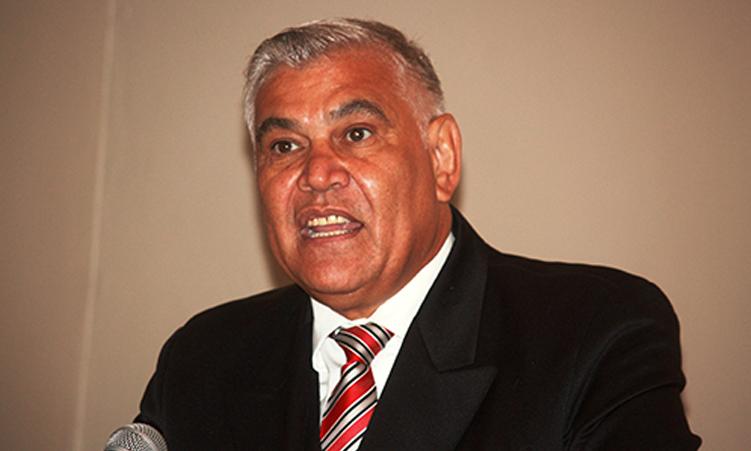SALZBURG, Austria – Mozart’s momentous legacy grew yesterday as researchers unveiled two piano pieces recently identified as childhood creations by the legendary composer.
The works – an extensive concerto movement and a fragmentary prelude – are part of ‘Nannerl’s Music Book’, a well-known manuscript that contains the Austrian master’s earliest compositions, the International Mozarteum Foundation revealed while presenting the pieces in Mozart’s native Salzburg.’We have here the first orchestral movement by the young Mozart – even though the orchestral parts are missing – and therefore it’s an extremely important missing link in our understanding of Mozart’s development as a young composer, Mozarteum’s research leader Ulrich Leisinger said.Mozart, who was born in 1756, began playing the keyboard at age 3 and composing at 5. Before his death from rheumatic fever on December 5 1791, he had written more than 600 pieces.Leisinger said Mozart likely wrote the two newly attributed pieces when he was between 7 and 8 years old, with his father, Leopold, transcribing the notes as his son played them at the keyboard.A series of analyses confirmed the writing as Leopold’s, and at the time Mozart was not yet versed in musical notation. But Leopold himself was ruled out as the author of the pieces based on stylistic scrutiny, the Mozarteum said in a statement.’There are obvious discrepancies between the technical virtuosity and a certain lack of compositional experience,’ it said.At yesterday’s presentation at the Mozart residence, Austrian musician Florian Birsak, an expert for early keyboard music, played the two pieces on the maestro’s own fortepiano for a throng of reporters.Both works were identified as part of a larger investigation of the foundation’s Mozart-related materials, including letters, documents and more than 100 music manuscripts – some in the hand of the composer, others transcribed by contemporaries.While ‘Nannerl’s Music Book’ has been in the foundation’s hands for more than a century, the pieces were considered anonymous creations – until Leisinger and his team took a closer look.’These two pieces struck us because they were so extravagant,’ Leisinger said, adding that the two works share a number of similarities but that the prelude – believed to have been written after the concerto movement – was ‘much more refined’.’One could almost get the impression that Leopold said to his son, ‘look, you’ve written this crazy concerto movement, try to do it better, a little bit more concise’, and as a result we ended up with this prelude-like movement,’ he said. – Nampa-AP
Stay informed with The Namibian – your source for credible journalism. Get in-depth reporting and opinions for
only N$85 a month. Invest in journalism, invest in democracy –
Subscribe Now!






